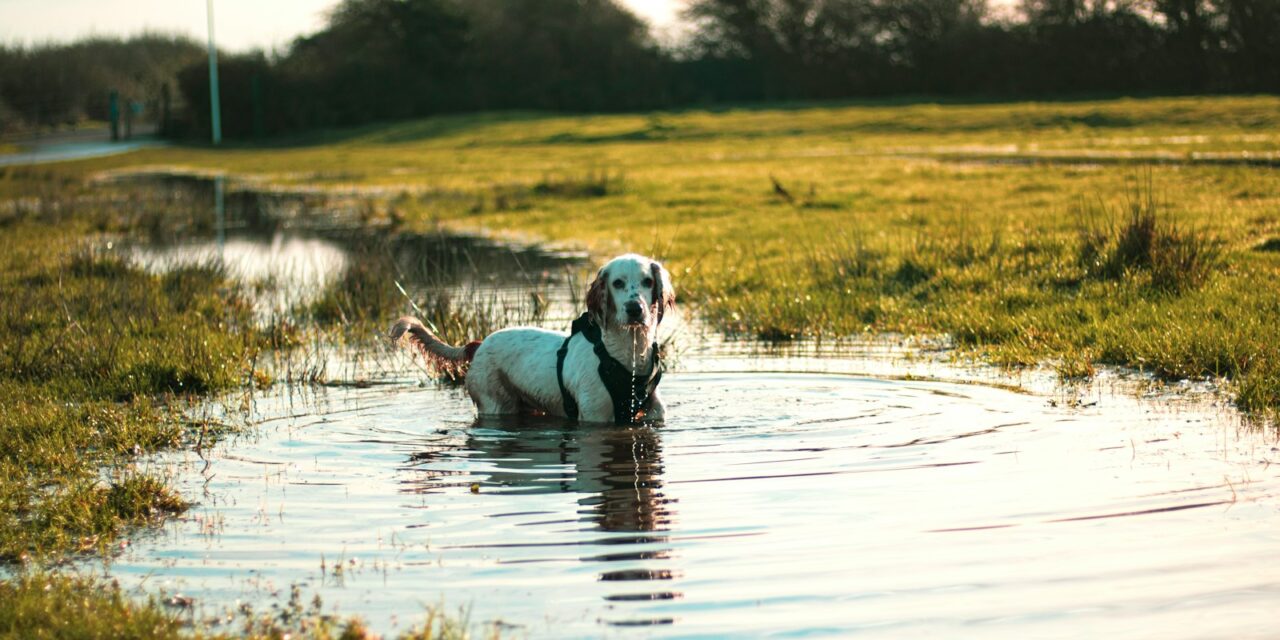Emily Boardman, a veterinary and nutrition consultant from Burns Pet Nutrition, cautions that the algae can be harmful to humans and fatal to dogs.
Blue-green algae, typically flourishing from late spring to early autumn, thrives in warm, stagnant waters such as lakes, ponds, and rivers. The algae blooms under certain conditions, forming a layer of blue-green scum on the water surface. These blooms are particularly prevalent in nutrient-rich waters, making ponds and lakes prime locations for this toxic substance.
The toxins produced by blue-green algae are highly poisonous to dogs, causing severe reactions even from mere skin contact. Dogs can become seriously ill or even die from exposure. When dogs swim in or drink contaminated water, the algae can adhere to their fur and skin. If not washed off promptly, these toxins can be absorbed through the skin or ingested when the dog grooms itself, leading to symptoms such as vomiting, diarrhoea, and seizures.
Tips to Keep Your Dog Safe
Emily Boardman offers the following advice to protect dogs during the warmer months:
Avoid Stagnant Water: Steer clear of ponds, lakes, and rivers with stagnant or slow-moving water, especially if you notice any green or blue-green scum on the surface, which is a common sign of blue-green algae.
Check Local Alerts: Monitor local news and environmental websites, including the Environment Agency, for any warnings about blue-green algae blooms in your area. Avoid taking your dog to affected areas.
No Swimming or Drinking: Never let your dog swim in or drink from water bodies that might be contaminated with blue-green algae. Even a small amount can be toxic. If your dog does swim in such water, rinse them immediately to prevent them from ingesting the toxins while grooming.
Rinse Off Immediately: If your dog accidentally enters potentially contaminated water, rinse them off with fresh water as soon as possible to remove any algae that might be on their fur.
Know the Symptoms: Be vigilant for symptoms of blue-green algae poisoning, such as vomiting, diarrhoea, drooling, difficulty breathing, seizures, or lethargy. If you suspect your dog has been exposed, contact your vet immediately.
“Blue-green algae can pose a serious risk to our pets, so it’s important to be vigilant,” says Emily Boardman, Pet Nutritionist and Veterinary Specialist at Burns Pet Nutrition. “By taking these precautions, you can help ensure your dog’s safety and enjoy a worry-free summer.”








